OLED is the abbreviation of Organic Light-Emitting Diode, translated as an organic light-emitting diode. This material was discovered accidentally by Professor Deng Qingyun of Chinese descent in 1979. He suddenly remembered that something was forgotten in the laboratory on his way home. So I went back and discovered that there was a bright light in the dark. It turned out to be an organic battery for experimentation. This led to an in-depth study of OLEDs. OLED structure schematic OLED's structure and light emitting principle are too complicated. It does not take up space to introduce. It only needs to know that OLED display technology is completely different from traditional LCD display. It does not need backlight, uses very thin organic material coating and glass substrate. When light passes through, these organic materials emit light. 2. What is the difference between OLED TV and LCD TV? At present, LCD TVs in the market occupy an absolute market share, attention is not LED, LED refers to only the backlight, the screen body material is LCD, so it is called LCD TV. Compared with OLED TVs, whether or not the backlight is the most obvious difference between the two. OLED and TFT-LCD structure comparison As can be seen from the above figure, the TFT-LCD emits light through the backlight unit (Backlight unit), turns on and off through the liquid crystal control, and then displays different colors through different RGB color filters, and the OLED uses organic light. Material, it has self-luminous properties, so no backlight is needed. 3. What are the main advantages of OLED TVs? Referring to OLEDs, self-luminous, high contrast, fast response, wide viewing angle and other characteristics make it the most optimistic about becoming the next-generation display technology. Although current LCD TV display technology is constantly evolving and upgrading, it still cannot completely change the imaging principle. Congenital defects such as light leakage, trailing, etc., and these OLEDs can be perfectly solved. Black market performance OLED has absolute advantages Because OLEDs use self-illuminants to emit light autonomously, when a black scene is represented, all self-emission pixels are in a non-light-emitting state, so the picture can be completely black and infinite black. Corresponding to LCD TVs, there will be black sinks that are not in place. The situation, and LCD TVs can not completely block the light of the backlight, so inevitably light leakage or halo phenomenon, which is particularly evident on cheap LCD TVs. The faster the response speed, the better it can avoid ghosting and smearing. No matter what kind of means or technology LCD LCD screens can not fundamentally eliminate the residual image phenomenon, which is related to the working mode of the LCD screen, liquid crystal molecular deflection response is destined to take time, residual image is inevitable. OLED's response speed is far more than that of LCD, and it can be very smooth and clear when showing motion pictures. This is another technical advantage that OLED can't be overtaken by LCD TV. OLED has an ultra-wide viewing angle IPS hard screens in the LCD field are famous for their wide viewing angles, but they are also inferior to OLED TVs. The active light emission characteristics make the viewing angles of OLED panels close to perfect, and even from some extreme perspectives, the results are basically consistent. Because of this, the emperor's place in the living room lost its meaning. LG SIGNATURE W7 affixed to the wall Since no backlight is required, OLED TVs have an absolute advantage over LCDs in thickness. For example, LG's W series OLED TVs launched at CES 2017 are only 2.57mm thick. Due to the split-type design, they can be attached to a wall exactly like a painting. . In addition, OLED can also realize flexible display, which can display various designs such as double-faced, curled, transparent, folded, wearable, etc. Therefore, in addition to applications in the television field, some smart devices including mobile phones have used OLED screens. , has a wide range of application scenarios in the Internet of Things era. 4. What are the shortcomings of OLED TVs? Said the above advantages, of course, can not avoid the deficiencies of OLED, OLED most criticized the problem of low yield, residual image and life problems, but with the progress of technology, these defects have been improved. According to LGD President Lu Xiangde, the product yield of LGD increased by 40% in 2016, and the yield rate for November has reached 85%, which is already almost the same as the LCD panel yield. In fact, it took a full 10 years for liquid crystal technology to reach 80% yield, but OLED technology only took 2 years to lay the foundation for its accelerated popularity. The issue of OLED panel “ghost image†mentioned by the skeptics is also solved by improving the image quality improvement algorithm and improving the component characteristics. It is said that 10,000 hours can be guaranteed without ghost images. As for the service life, with the continuous maturation of OLED technology, the lifetime of OLED products currently manufactured by LGD can be guaranteed to be 50,000 hours or more. This means that if you watch 8 hours a day, you can use 17 years, far more than a TV. The normal use cycle. There are no shortcomings? No, OLED TVs are still too expensive. 5, OLED, QLED, ULED is a thing? Although there is only one letter difference, OLEDs, QLEDs, and ULEDs may not be the same thing at all and they cannot be confused. QLED imaging principle QLED is a liquid crystal television using a quantum dot technology. It is a very tiny semiconductor nanocrystal. When a quantum dot in a quantum dot film is stimulated by a photoelectron, colored light is emitted, and a different color is emitted according to the size of the quantum dot, and the color can be improved. TV's color gamut and color accuracy. However, at present, quantum dots are mainly used in the backlight of LCD TVs. It is obviously not enough to increase the color gamut. Quantum dot TVs using electroluminescence have much to watch. ULED is the image quality processing technology of Hisense TV. It uses Local Dimming backlight partition and Hi-view Pro quality engine chips to provide brightness, contrast, picture layering, dark field details, accurate color reproduction, and smooth image quality. The response speed is significantly higher than that of traditional LCD TVs. From the technical route announced by Hisense at CES 2017, it can be seen that ULED will be combined with quantum dot display technology, and Hisense will enter the field of quantum dot display and QLED in the future. 6. What are the OLED TVs on the market today? CES 2017 Sony officially joins OLED TV camp From the CES 2017 just past, it is clear that the OLED camp is growing, Sony returned to the OLED market, released the XBR-A1E Bravia 4K OLED TV; Panasonic launched the second generation of OLED TV EZ1000; betting OLED years of LG launched a total W7, G7, E7, C7 and B7 five series of OLED TVs, of which 2.57mm thick / split design W7 is LG's most heavyweight television this year. CES2017 Skyworth booth Domestically, Skyworth, the unit leader of the China OLED Display Industry Alliance, has always been a firm supporter and participant in the development of OLED technology. CES 2017 exhibited a variety of OLED TV products, including S9-I, S9D, and S9300. OLED TV. In addition, at the previous 2016 China OLED display industry summit, Liu Weizhi, president of Skyworth-RGB Electronics Co., Ltd., also revealed that this year will launch a meaningful wallpaper TV and large-screen OLED TV, worth the wait. In addition to Skyworth, Konka and Changhong also use OLED panels from LGD to launch OLED TVs, Philips also launches OLED TVs in China, and even the Internet TV brands Kukaikai and KKTV also have OLED products. They directly pulled OLED TV prices to 10,000 yuan. . 7, why not all brands do OLED TV? As early as a few years ago, the high cost of materials, low life expectancy, and low yield led to the high cost of OLED screens and high prices. It is obviously not wise to follow up with OLEDs. Taking Sony as an example, it launched the world's first OLED TV product as early as 2007. In 2012, it announced the joint development of OLED with Panasonic. However, after the end of 2013, it suspended cooperation, but Sony has not stopped the research and development of OLED. The re-launch of OLED TVs is closely related to the maturity of OLEDs. Of course, it is also inseparable from the deep technical accumulation. After all, adopting this new display technology requires a certain amount of technical reserves. Not all companies have such strength. 8, OLED TV is expensive, it is worth buying now? OLED TVs are still too expensive, even though they are already much cheaper than when they were first listed. According to statistics, in 2013, LGD 55-inch OLEDs were priced at 14,000 US dollars in Hong Kong. By 2016, the market price for 55-inch 4K OLEDs in China was 14,000 yuan, and the price of OLED TVs was rapidly falling. 9. When will the OLED panel break the dominance? For a long time, domestic OLED TVs mainly rely on LGD's panel supply. Global OLED panel pricing power is basically in the hands of an LGD company. On November 16th last year, Skyworth, BOE and Hess jointly launched the first one. China's independent research and development of OLED TVs is expected to completely bid farewell to the era of domestic TVs that lack cores and screens. The dominance of OLED panels will soon be rewritten. China's first self-developed OLED TV As mentioned above, the yield of LGD OLED has been improved a lot. Compared with the LCD panel, the panel supply capacity has improved a lot. However, the output of 100,000 pieces per month is obviously not enough. After BOE began to supply OLED panels, it not only exacerbated the competition in the market, but also contributed to the further decline in OLED panel prices. It is also important for cultivating the rapidly growing OLED TV market. 10. Will OLED TVs replace LCD TVs? Finally, returning to this old-fashioned topic, it is too early to realize its replacement. After all, OLED TVs are still in the popular stage. What is certain is that, with the maturity of OLED technology, the bottleneck problems of the past have basically been solved. Higher and higher, universal development has entered the fast lane. For TV manufacturers, OLEDs and LCDs are not in a confrontational state. OLEDs, as the "potential shares" of future TV display technology, cannot be abandoned. The current battlefield is still LCD. Small Servo Drives,Motor Servo Drives,Ac Drive Frequency Converter,Variable Frequency Drive Electric Motor Zhejiang Synmot Electrical Technology Co., Ltd , https://www.synmot-electrical.com

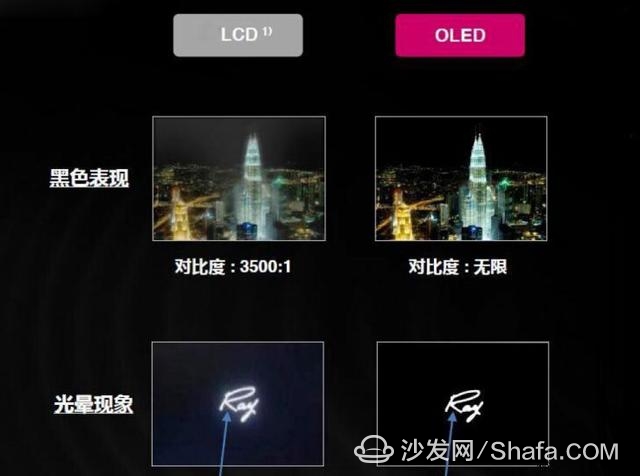
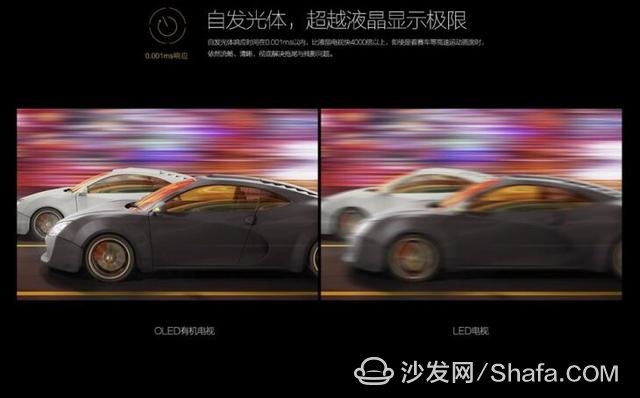
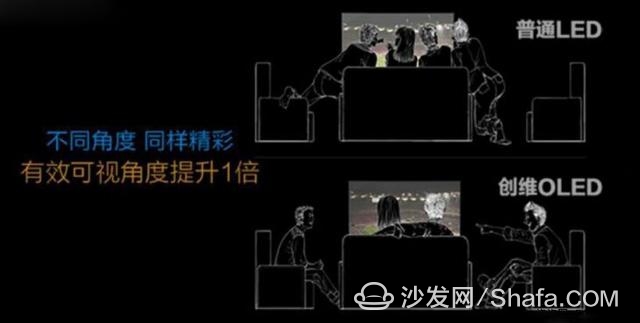


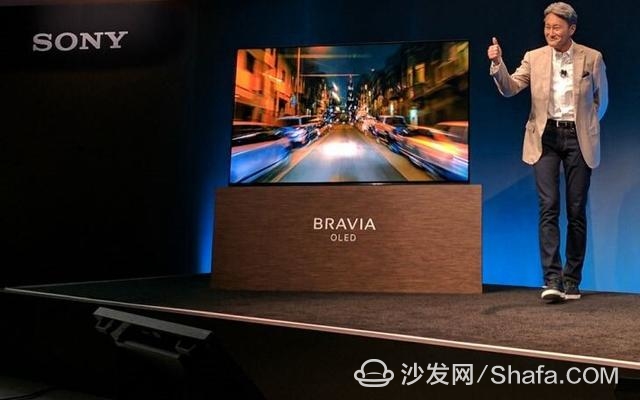
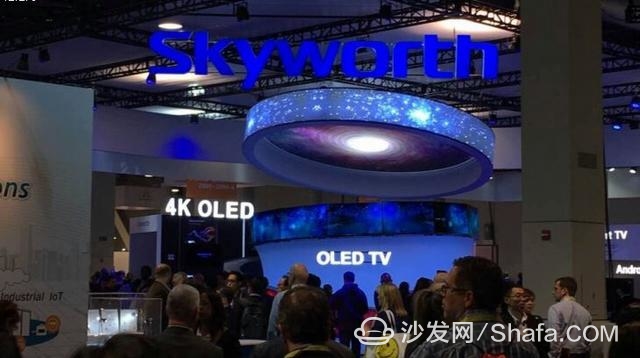
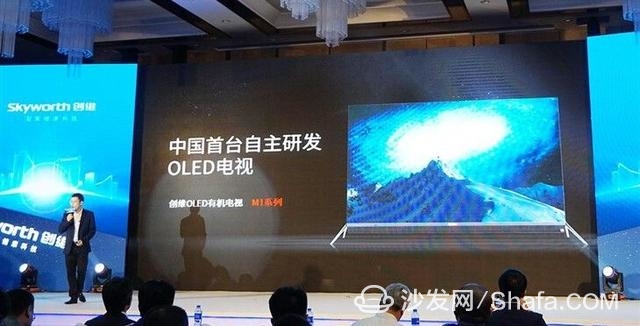
Smart TV/box information can focus on smart TV information network sofa butler (http://), China's influential TV box and smart TV website, providing information, communication, TV boxes, smart TVs, smart TV software, etc. Answering questions.
Do not know OLED, come and see it
Although the focus of this article is on OLED TVs, OLEDs have already been widely used outside the TV field. Apple's use of OLED screens on the iPhone 8 has now become an open secret. As the most promising next-generation TV display technology, it can be seen from CES 2017 that the popularity of OLED TVs is accelerating. In particular, Sony has released the OLED TV A1E for the consumer-grade market, which further strengthens the OLED camp. It is time to learn about OLEDs. TV.
1. What is OLED?